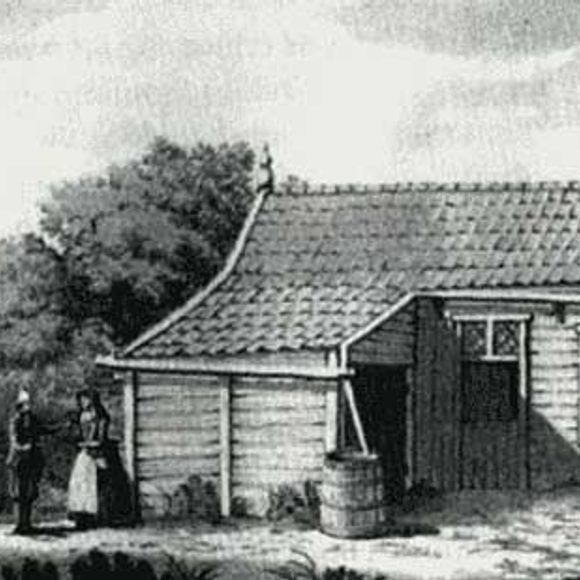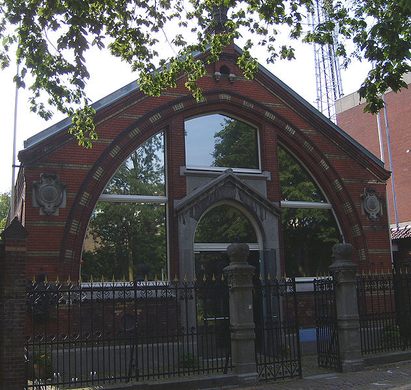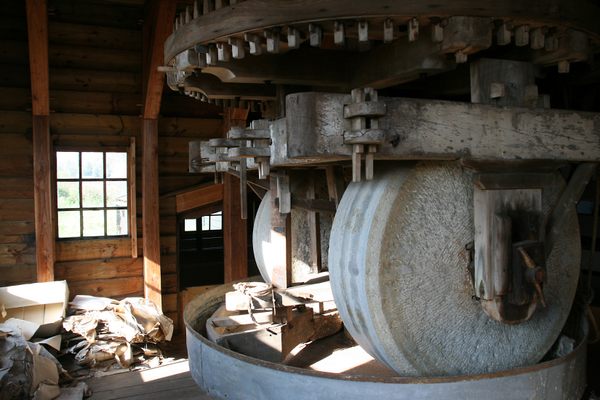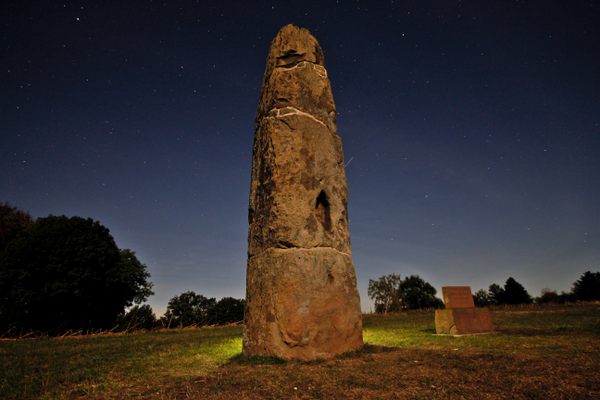Czar Peter House
The place where Czar Peter I of Russia resided in 1697 during his Grand Embassy.
The “Czar Peter House,” constructed in 1632, is a historical building in Zaandam, the Netherlands best known as the place where Czar Peter I of Russia resided in 1697 during his Grand Embassy. Besides being the place where Czar Peter lived, it is also the oldest wooden house in existence in the Netherlands.
Peter had met the Zaandam blacksmith and craftsman Gerrit Kist when Kist had worked for the czar in Moscow. Upon visiting the Zaanstreek, Peter insisted on staying with Kist in his home, despite Kist’s protests that his house was a mere hovel, shared with the widow of one of his workers. The widow was paid to move out, and Peter spent a week as Kist’s houseguest. The czar was traveling incognito under the name Peter Michaeloff and while Kist did not reveal his guest’s identity it did not take long for Peter to be recognized, making his observations difficult.
Peter wanted to learn more about the Dutch shipbuilding industry, and with this knowledge (and other knowledge acquired during the Grand Embassy) begin a period of modernization and growth in Russia. At this time, the Dutch Republic was one of the most developed countries in the world. Although he remained at the house only a short time, he would return a number of times, the last in 1717.
In time, the house became somewhat of a tourist attraction. It was visited by Napoleon in 1811 and on a later date by Russian leaders Gorbatsjov and Poetin. Napoleon even left a graffiti piece in the form of a large blue N, next to the fireplace.
In the 18th century, it was saved from demolition by a local innkeeper. Later, in 1818, the wooden house was bought by King Willem I, as a birthing present for his Russian daughter in law, Anna Pavlovna, sister of Czar Nicolaas I. Several measures were taken to protect the house in the 19th century, the last being a stone cover commissioned by Czar Nicolaas II. In 1948 the USSR handed the house back over to the Netherlands.




















Follow us on Twitter to get the latest on the world's hidden wonders.
Like us on Facebook to get the latest on the world's hidden wonders.
Follow us on Twitter Like us on Facebook